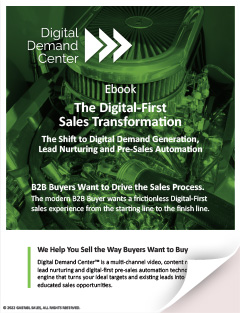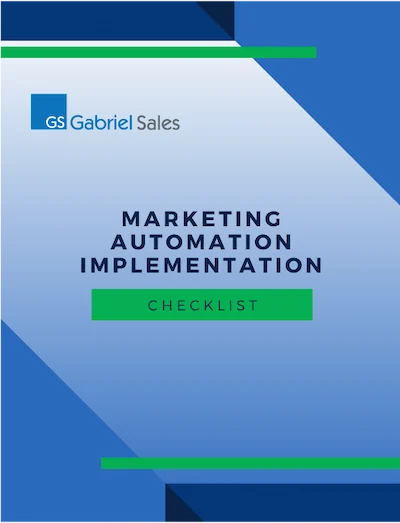 Not too long ago, sales had a lot of power. Sales people used to be able to use knowledge and information as a closing tool.
Not too long ago, sales had a lot of power. Sales people used to be able to use knowledge and information as a closing tool.
Today, we live in a world of information, most of which is freely accessible. Buyers have no reason to go to a salesperson for information when they can go a website to get the same thing. Google’s Think Insights recently wrote:
“. . . our research has shown that, on average, business buyers do not contact suppliers directly until 57 percent of the purchase process is complete. That means for nearly two thirds of the buying process, your customers are out in the ether: Forming opinions, learning technical specifications, building requirements lists, and narrowing down their options, all on their own, with minimal influence from you.”
The main take away here is not that B2B buyers are now completing the majority of their buying process on their own, it is that they prefer to do so. If buyers preferred the old sales process, they would have continued to engage with it. Data shows they aren’t, so the question we need to ask ourselves is what do buyers like about this new process.
The main difference we see between the old and new sales model is choice. In the old model, buyers had little choice in when to be sold to—everything was done in the seller’s way and on the seller’s time. Today, the buyer can choose everything about their buying process experience: when, what, how, where. If your sales and marketing process isn’t set up to give your buyer this type of freedom of choice, he is also free to choose to leave your buying process altogether and buy from a competitor.
The buyer likes to have freedom of choice. And, the company who is able to give it to them will be the one who wins the business.
Continue reading for more on B2B sales and freedom of choice.




